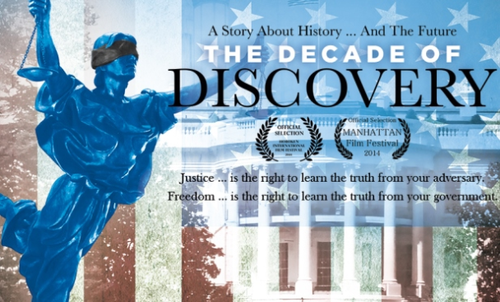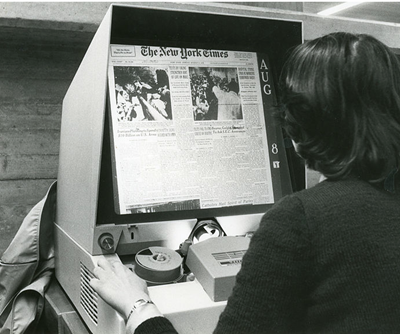Just How “BIG” is Big Data Getting? Check Out These Facts – eDiscovery Trends

If you work with information as an attorney, paralegal, litigation support professional or information technology (IT) professional, you have probably heard the term “big data” at an ever increasing rate. But, just how BIG is big data getting? Check out these facts.
An article by Bernard Marr on SmartData Collective (Big Data: 25 Amazing Need-to-Know Facts) provides some startling facts that you might be surprised to know. Here are a few examples (with sources linked):
- Every 2 days we create as much information as we did from the beginning of time until 2003;
- Over 90% of all the data in the world was created in the past 2 years;
- It is expected that by 2020 the amount of digital information in existence will have grown from 3.2 zettabytes today to 40 zettabytes (FYI, a zettabyte is one billion terabytes!);
- The total amount of data being captured and stored by industry doubles every 1.2 years;
- If you burned all of the data created in just one day onto DVDs, you could stack them on top of each other and reach the moon – twice;
- 570 new websites spring into existence every minute of every day;
- 1.9 million IT jobs will be created in the US by 2015 to carry out big data projects. Each of those will be supported by 3 new jobs created outside of IT – meaning a total of 6 million new jobs thanks to big data;
- The big data industry is expected to grow from US$10.2 billion in 2013 to about US$54.3 billion by 2017.
With this level of data growth in the world, it’s no wonder that information governance and eDiscovery continues to be more challenging!
Check out Bernard’s article here for the entire list of 25 facts (it even includes a slide deck!). And, thanks to Rob Robinson’s excellent ComplexDiscovery site for the heads up!
Tomorrow, we will take a look at what big companies think about (and what they’re doing about) big data. Speaking of something BIG, check this out.
So, what do you think? Does your organization have a plan for managing big data? Please share any comments you might have or if you’d like to know more about a particular topic.
Disclaimer: The views represented herein are exclusively the views of the author, and do not necessarily represent the views held by CloudNine Discovery. eDiscoveryDaily is made available by CloudNine Discovery solely for educational purposes to provide general information about general eDiscovery principles and not to provide specific legal advice applicable to any particular circumstance. eDiscoveryDaily should not be used as a substitute for competent legal advice from a lawyer you have retained and who has agreed to represent you.











